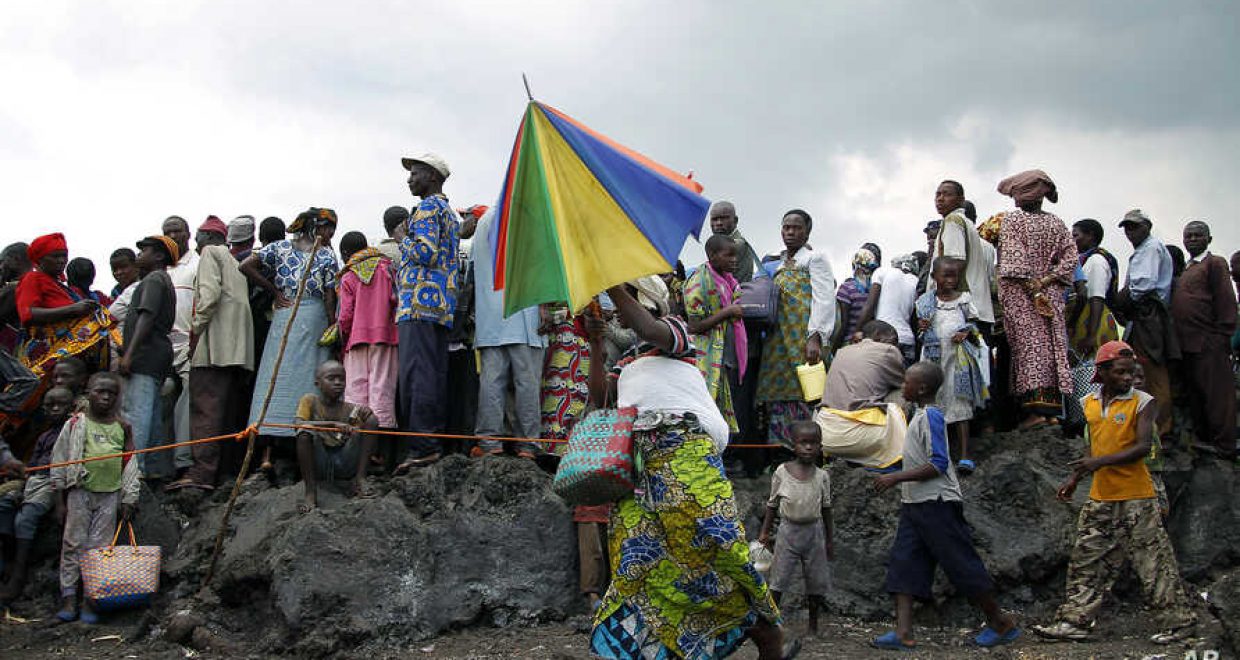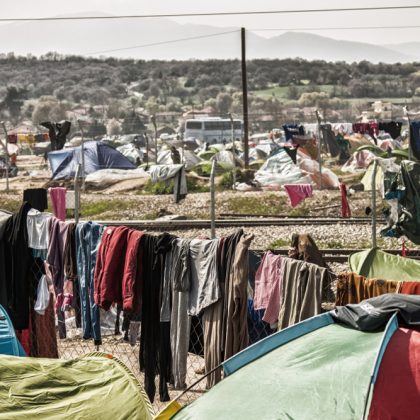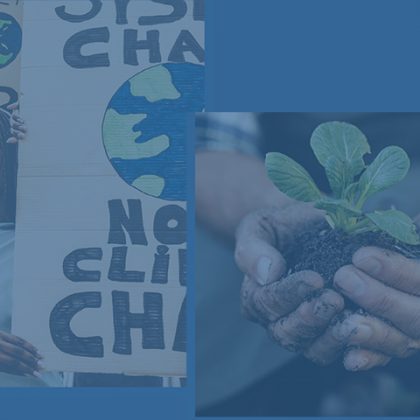Journal of African Law Special Issue on Refugees, Returnees and Internally Displaced Persons (IDPs) in Africa
The African Union (AU) declared 2019 the Year of Refugees, Returnees and Internally Displaced Persons: Towards Durable Solutions to Forced Displacement in Africa. This was an apt choice, as it provided an opportunity to commemorate two anniversaries: the adoption of the 1969 Organization of African Unity (OAU) Convention Governing the Specific Aspects of Refugees in Africa (OAU Refugee Convention) 50 years ago and of the 2009 AU Convention for the Protection and Assistance of Internally Displaced Persons in Africa (Kampala Convention) 10 years ago.
Both of these instruments have been innovative and remarkable for providing a unique regional legal framework and making distinctive contributions to international legal developments in their respective fields. Yet, challenges abound. A series of systemic and more recent factors contribute to a large number of refugees and IDPs in Africa. Guaranteeing their rights constitutes a major legal, political and practical task. Unsurprisingly, the “[i]mproved implementation of the OAU Refugee Convention and the AU Convention on IDPs-Kampala Convention in the current sub-regional, regional and global contexts” features prominently among the AU’s Project 2019 objectives. The COVID-19 pandemic has added yet another stern test in the struggle for the prevention of forced displacement and for greater respect for the rights of both refugees and IDPs in Africa
Arising from a conference held at the Centre for Human Rights, Faculty of Law, University of Pretoria, this special issue reflects on the state of refugee and IDP protection in, and across, Africa. The contributing authors analyse and engage with historical developments as well as contemporary challenges and prospects in the field of both refugee law and IDP law in Africa. They also examine the role of Africa’s human rights treaties, namely the African Charter on Human and Peoples’ Rights and the African Charter on the Rights and Welfare of the Child, in the context of forced migration.
Refugee law and IDP law are fitting subjects for examination at a time characterized by (the desire for) mobility and forced displacement across Africa and beyond, occasioned by local, regional and global developments. Our contributors have woven together a rich tapestry of the state of law in Africa in a field of growing importance, ranging from the conceptual foundations of regional refugee law and IDP law, legal developments and practices, to evolving challenges and responses.
Our first contributor, Sara Palacios-Arapiles reflects on Africa’s contribution to refugee law through the OAU Refugee Convention, including its impact on the framework of other regional processes in Europe and the Americas.
Fatima Khan and Cecile Sackeyfio examine the potential impact of the GCR in providing adequate protection for refugees in camps across Africa in low-income refugee-hosting countries. While both the UN and the OAU refugee conventions provide detailed and complementary provisions on refugee protection, they argue that “there have been few tangible outcomes for refugees who are ‘languishing in camps’”.
Francis Deng and Romola Adeola consider the normative influence of the UNGP on the Kampala Convention. Reflecting on synergies and expansions, they argue that both instruments have significantly shaped the regional landscape on internal displacement, and they outline three main areas where there is a need to strengthen protection.
Olivia Lwabukuna critically reflects on the responsibility to protect (R2P) and the potential for leveraging this principle in advancing protection for IDPs. Drawing on legal and political responses to Kenya’s post-election violence as a case study, she highlights the implications of applying R2P to situations of internal displacement.
Romola Adeola examines how persons affected by harmful practices may be protected through the lens of the Kampala Convention, arguing that, where displacement occurs, protection, humanitarian assistance, and durable solutions need be provided.
Benyam Mezmur and Romola Adeola consider the protection of internally displaced children, offering a doctrinal analysis of article 23(4) of the African Charter on the Rights and Welfare of the Child (African Children’s Charter).
Romola Adeola, Frans Viljoen, and Trésor Makunya Muhindo provide a valuable commentary on General Comment No 5 of the African Commission on Human and Peoples’ Rights on Article 12(1) of the African Charter, which elaborates on the content of the right to freedom of movement and residence within state borders. The authors argue that, as soft law, its “persuasive force” will depend on a range of factors.
Finally, Gideon Muchiri Kaungu reflects on the value of Ubuntu as an antidote to xenophobia in the South African context.
Overall, this special issue advances critical insights into these instruments, opening space for further discussions on the protection of forcibly displaced populations in Africa beyond the rhetorical celebration of these important 50 and 10-year milestones.
The Journal of African Law Special Issue on Refugees, Returnees and Internally Displaced Persons in Africa is available Open Access for all to read. Learn more about this special issue here.






